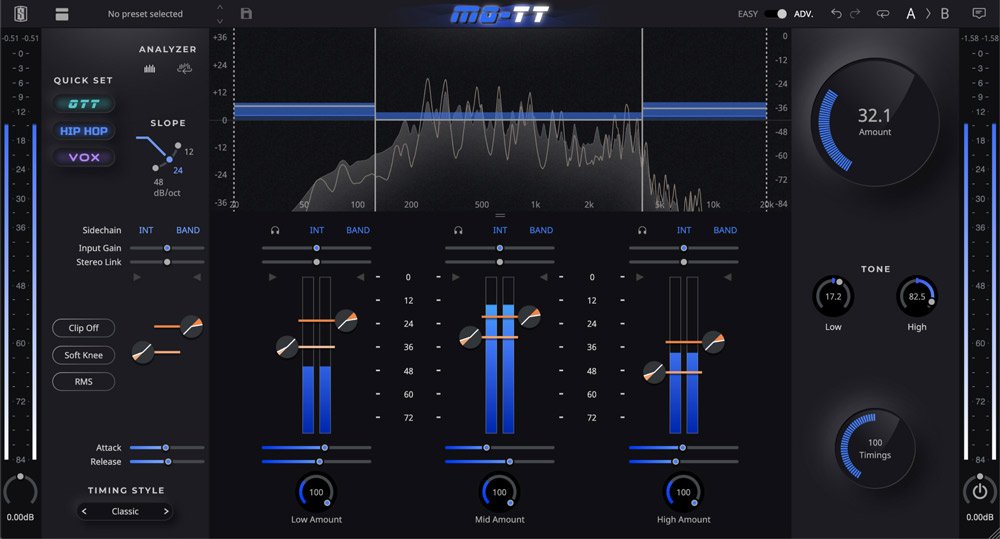
This reflects the increasing of population growth, economic activity, urbanization and industrial production, as well as saturation effects that curb increases in the demand for energy in mature economies.

The non-OECD share of the global primary energy demand, which has increased from 36% in 1973 to 55% in 2010, will continue to increase. The dynamics of energy markets will be determined mainly by emerging economies. This represents a sharp decrease in the rate of energy demand in the past two decades nevertheless, the rate of increase is still significant. Even so, the New Policies Scenario predicts an increase of 35% from 2010 to 2035, an average of 1.2% per year. New forecasts include targets for renewable energy and energy efficiency, programs related to nuclear energy, national targets to reduce greenhouse gas and the phasing out of inefficient fossil-fuel subsidies. The New Policies Scenario takes into account broad policy commitments and plans that have already been implemented to address energy-related challenges.

An annual increase in energy demand of 1.5% was predicted for 2010–2035 (Fig. For example, projections made by the International Energy Agency (IEA) consider a Current Policies Scenario, which encompasses the effects of government policies and measures up to mid 2012.

This trend will continue in the near future. The global energy demand is increasing steadily, despite efforts to improve energy efficiency and to save energy.


 0 kommentar(er)
0 kommentar(er)
